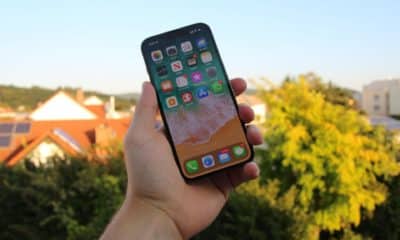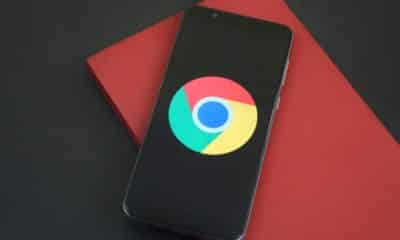Phones
How to resize system partition Android without TWRP?

System partition, also referred to as the ‘/system’ partition, holds the Android system’s core elements, including pre-installed system apps and frameworks. It’s a significant part of your Android’s storage, and over time, it may need resizing due to the ever-increasing size of system updates or perhaps due to customization requirements.
Resizing a system partition isn’t a straightforward task. It generally involves using a recovery tool like TWRP (Team Win Recovery Project). However, there might be cases when TWRP is not a preferred choice, or maybe it isn’t compatible with your device. Therefore, this guide will specifically focus on how you can resize the system partition of your Android device without resorting to TWRP.
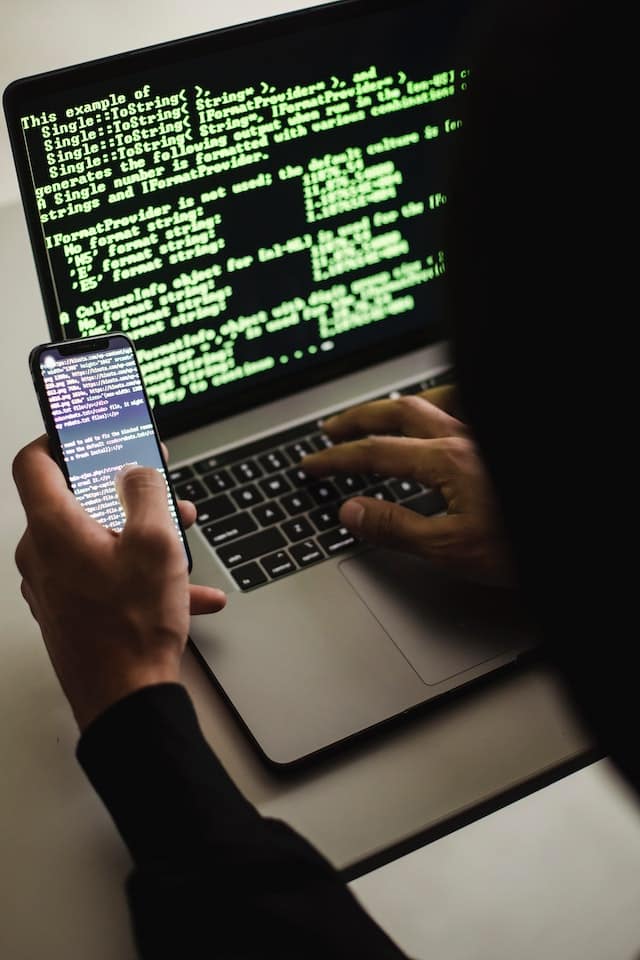
Preliminary Steps
Before we jump into the detailed instructions, there are several preliminary steps and precautions that you must undertake to ensure a smooth operation.
Perform a Backup
First and foremost, back up your data. Any operation that involves partitions carries the risk of data loss. Use your preferred backup method to create a copy of your important data. It could be cloud backup like Google Drive or offline backup onto an SD card or a computer.
Charge Your Device
Make sure your device is adequately charged, preferably above 60%. We don’t want the device to shut down midway through the process.
Enable Developer Options and USB Debugging
You will need to enable Developer Options and USB Debugging on your device. To do this, go to your Android settings, find ‘About phone’, and then tap ‘Build Number’ seven times to enable Developer Options. Go back to the main settings menu, find ‘Developer Options’, and enable ‘USB Debugging’.
Required Tools and Applications
For this process, you’ll need a PC, the correct USB drivers for your Android device installed on your PC, and the ADB and Fastboot tools. Download and install the USB drivers from your device manufacturer’s official website. As for ADB and Fastboot, you can get them from the Android SDK Platform Tools.

Understanding the Alternatives to TWRP
Since we’re not using TWRP, we need to understand the viable alternatives that can get the job done. The two major alternatives that we’ll be focusing on are ADB and Fastboot.
ADB (Android Debug Bridge)
ADB is a versatile command-line tool that allows you to communicate with a device. It facilitates a variety of device actions, such as installing and debugging apps, and it provides access to a Unix shell that you can use to run various commands on a device.
Fastboot
Fastboot is a diagnostic and engineering protocol that you can boot your Android device into. While ADB is often used for actions when your device is booted up, Fastboot is primarily used when your device is in its bootloader (or Fastboot).
Step-By-Step Guide to Resize System Partition Without TWRP
Now that we have discussed the preliminary steps and available alternatives to TWRP, let’s dive into the detailed step-by-step guide.
Step 1: Boot Device into Fastboot Mode
First, you need to boot your Android device into Fastboot mode. The method to do this varies among different devices but usually involves a combination of volume and power buttons. Look up the specific key combination for your device model.
Step 2: Connect Android Device to PC
Connect your Android device to your PC using a USB cable. Make sure the connection is secure.
Step 3: Open Command Prompt or Terminal
On your PC, open the Command Prompt (Windows) or Terminal (Mac/Linux). Change directory to the location where your ADB and Fastboot tools are installed.
Step 4: Check Device Connection
Type the command fastboot devices and hit Enter. If your device is properly connected, you should see your device’s serial number. If not, check your connection and USB debugging status.
Step 5: Get Current Partition Details
Get the current partition details by typing fastboot getvar all and hitting Enter. This will display various information, including current partition sizes.
Step 6: Resize System Partition
This is the crucial step. You can resize your system partition using the following command: fastboot resize2fs /dev/block/platform/xxxx/by-name/system SIZE. Replace ‘xxxx’ with your device’s specific identifier, and ‘SIZE’ with the desired size of the partition. Make sure to look up your device’s specific identifier, and understand the correct size you want for the partition. Note that resizing partitions should be handled with utmost care to avoid bricking your device.
Potential Issues and Troubleshooting
While the process is straightforward, you may encounter some issues. Here are the common problems and their potential solutions.
Fastboot Not Recognizing Device
This is a common issue where Fastboot does not recognize your device. Make sure your device’s USB drivers are correctly installed on your PC. Also, check your USB debugging status.
Failed to Resize Partition
If you encounter an error while resizing the partition, double-check the partition identifier and size you’ve specified.
Device Not Booting After Partition Resize
In case your device fails to boot after resizing the partition, you may need to flash a factory image or firmware for your device using Fastboot. Please ensure to download the right firmware for your specific device model from the manufacturer’s official website.
Conclusion
Resizing your Android’s system partition without using TWRP can seem intimidating, but with careful attention to details, it can be achieved successfully. This guide provided you with an alternative method using ADB and Fastboot. Remember, resizing partitions is not without risks, so proceed cautiously. Always have a backup and only resize partitions when absolutely necessary. Now, with this knowledge, you can customize your Android device further and deal with increased system update sizes more effectively. Happy tinkering, and feel free to share your experiences or ask questions if you have any.
-

 Phones6 months ago
Phones6 months agoHow Do I Know if My Phone Supports AR?
-

 Tech5 months ago
Tech5 months agoDoes Astigmatism Affect Your VR Experience?
-

 Business5 months ago
Business5 months agoHow Do You Make an AR Without Coding?
-
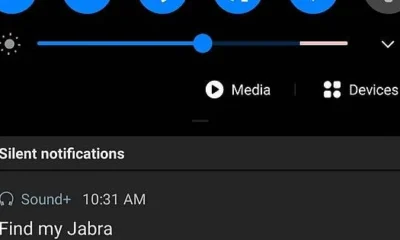
 Phones5 months ago
Phones5 months agoWhat To Do About That Weird Notification Sound on Android?
-
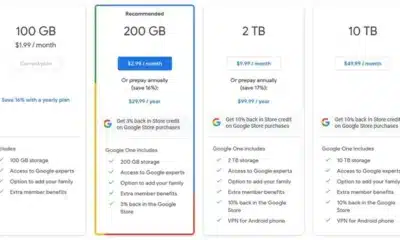
 Tech5 months ago
Tech5 months agoHow Can I Get Google Drive 1TB for Free?
-
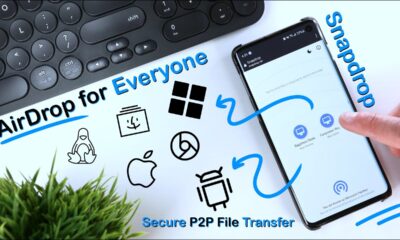
 Phones5 months ago
Phones5 months agoHow Does SnapDrop Work? – Instant File Sharing Made Easy
-

 Tips and Tricks5 months ago
Tips and Tricks5 months agoCan You Use Windows VR for Sculpting?
-
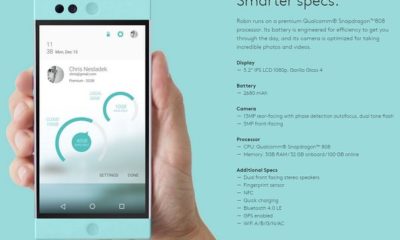
 Tech4 months ago
Tech4 months ago5 things you’ll miss after switching to iPhone from Android



